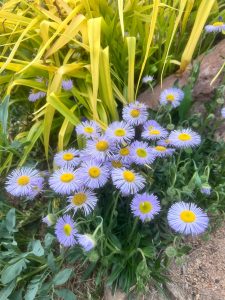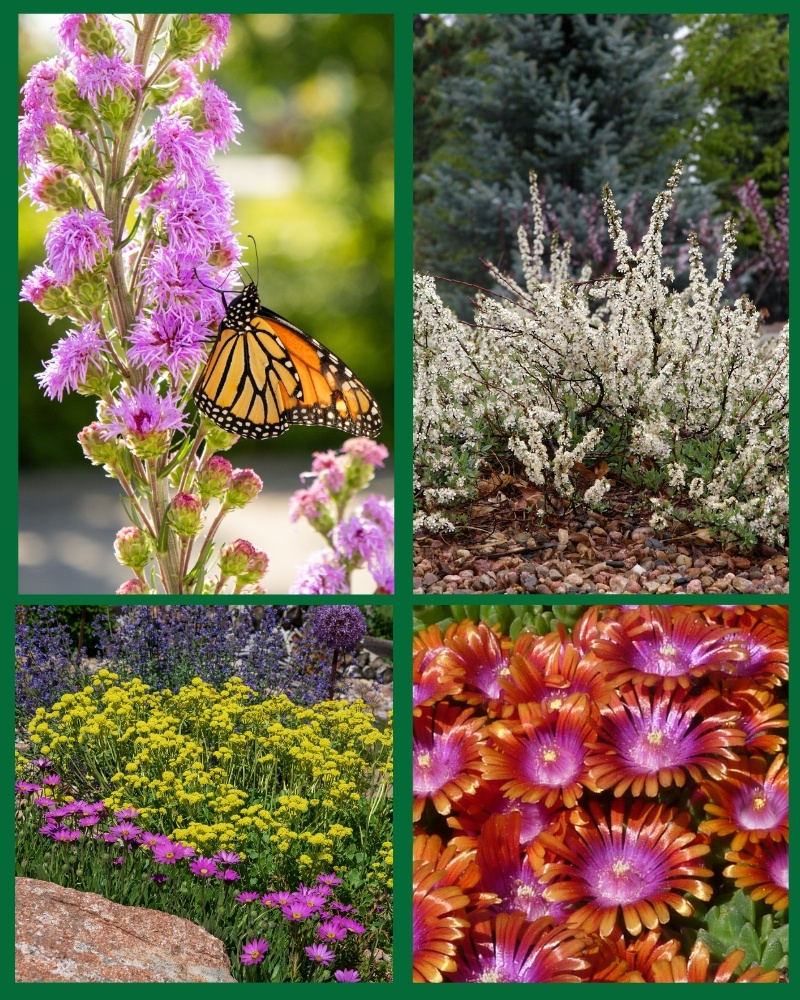RAMBLER™ mountain fleabane is petite and polite
Wander anywhere in the West, and you’ll likely come across an Erigeron (fleabane) or two. They are as much a part of the landscape as the oft-cited sagebrush and ponderosa pine. Erigeron formosissimus is native to eight western states and a wonderful addition to gardens.
Its short stature and polite habit allow it to harmonize with western natives, as well as other regionally adapted plants in rock gardens, borders, pollinator gardens, high elevation landscapes and more.
The lavender flowers appear in May and June (July at higher elevations) over a carpet of grass green leaves. The plant reaches 10-12 inches tall in flower and about 10-12 inches across in width.
Plant it in sun or partial shade and in almost any soil as long as it drains well. It will benefit from a haircut after blooming if you like a neater look. RAMBLERTM mountain fleabane is easy going. Needing only an occasional, deep watering in long, dry periods, it’s a nice addition to water thrifty landscapes.
It’s beloved by butterflies and bees, making it a nice addition to any garden supporting pollinators and other invertebrates.
Pair it with Seafoam sage, Golden storksbill, Purple winter savory, any of the ice plants, Leprechaun southernwood, Turquoise Tails stonecrop and Indigo Blue dragonhead. If you’re going for a regionally native garden, plant it with Blue Jazz pinon pine, Orange Carpet hummingbird trumpet, KANNAH CREEK buckwheat , Desert moss, Scott’s sugarbowls, WAGGON WHEELTM bluemat penstemon or Tushar bluemat penstemon.
Adding RAMBLERTM mountain fleabane adds a bit of the allure of the West to your garden and landscape.
Height: 10-12″
Width: 10-12″
Blooms: May-June (lower elevations), June-July (higher elevations)
Sun: Full Sun to part shade
Soil Moisture: Moderate to dry
Hardiness: USDA Zones 4-9
Culture: Loam, sandy, rocky and well-drained soils
Thanks to Mike Kintgen, Curator of Alpine Collections at Denver Botanic Garden, for this story!




Leave a Reply